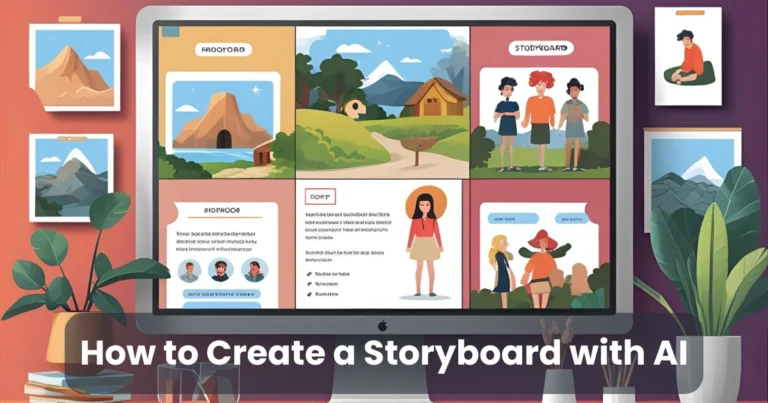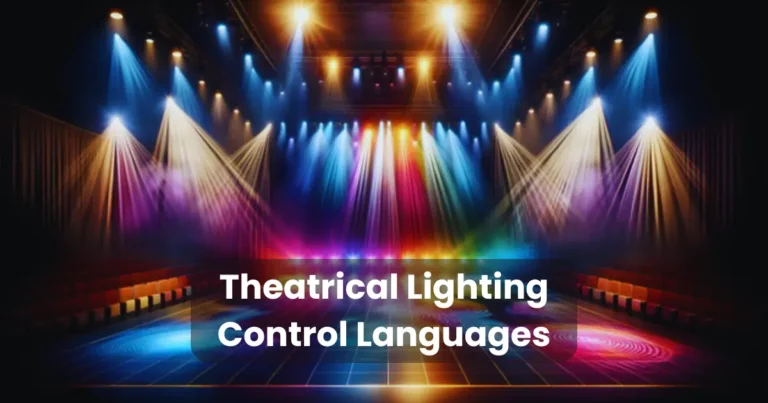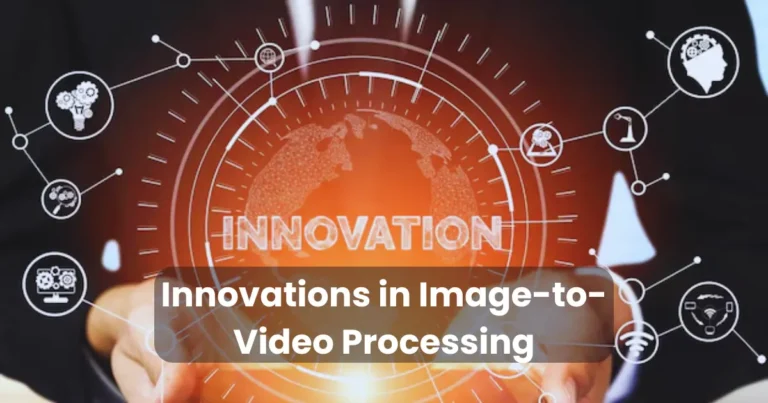Flow-State Storytelling: Boost Creativity & Engagement

Contents
- 1 What is Flow-State Storytelling?
- 2 Why Flow-State Storytelling Matters
- 3 How to Achieve a Flow State for Storytelling
- 4 Techniques to Enhance Flow-State Storytelling
- 5 Benefits of Flow-State Storytelling for SEO
- 6 Challenges and How to Overcome Them
- 7 Real-World Examples of Flow-State Storytelling
- 8 Tips for Sustaining Flow-State Storytelling
Flow-state storytelling captivates audiences by blending creativity with seamless narrative flow. Imagine crafting stories that grip readers, keeping them hooked from start to finish. This powerful approach taps into the psychological state of flow, where writers lose themselves in the creative process, producing compelling, authentic narratives. By harnessing flow-state storytelling, you unlock a world of creativity, effortlessly weaving tales that resonate deeply. In this article, we’ll explore how to achieve this state, its benefits, and practical techniques to elevate your storytelling game for maximum engagement.
What is Flow-State Storytelling?
Flow-state storytelling combines the psychological concept of flow—introduced by Mihaly Csikszentmihalyi—with the art of crafting narratives. Flow is a mental state where you’re fully immersed, focused, and energized, losing track of time. When applied to storytelling, it means creating stories with such ease and clarity that both writer and audience feel transported. Unlike traditional storytelling, which may feel forced or formulaic, flow-state storytelling feels organic, driven by intuition and creativity.
For example, consider a novelist drafting a chapter. In a flow state, words pour out effortlessly, characters come alive, and scenes unfold vividly. The result? Stories that feel authentic and immersive, drawing readers in. This approach isn’t just for fiction—it applies to blogs, marketing content, or even personal anecdotes, making your message resonate.
Why Flow-State Storytelling Matters
Why should you care about flow-state storytelling? For one, it boosts creativity. When you’re in flow, ideas emerge naturally, helping you craft unique narratives that stand out. Additionally, it enhances audience engagement. Readers can sense when a story flows effortlessly—it keeps them glued to the page. Finally, it improves efficiency. Writers in flow often produce high-quality work faster, saving time while maintaining impact.
Statistics back this up. A 2020 study by the Journal of Positive Psychology found that individuals in flow states reported 30% higher productivity and creativity. For bloggers and content creators, this translates to better content, higher engagement, and improved SEO rankings. By mastering flow-state storytelling, you create content that not only ranks well but also connects deeply with your audience.
How to Achieve a Flow State for Storytelling
Achieving a flow state requires preparation, focus, and practice. Below, we outline actionable steps to help you tap into flow-state storytelling and create captivating narratives.

1. Create a Distraction-Free Environment
Distractions kill flow. To enter a flow state, set up a workspace that fosters focus. Turn off notifications, silence your phone, and clear clutter. Use tools like noise-canceling headphones or apps like Freedom to block distracting websites. A 2018 study by the University of California found that it takes 23 minutes to regain focus after a distraction. By minimizing interruptions, you pave the way for uninterrupted creativity.
2. Set Clear Goals
Flow thrives on clear objectives. Before writing, define your story’s purpose. Are you aiming to entertain, inform, or persuade? For instance, a blogger might set a goal to craft a 2,000-word post that educates readers on flow-state storytelling while keeping them engaged. Clear goals provide direction, helping you stay in the zone.
3. Find Your Peak Creative Time
Everyone has a time of day when they’re most productive. For some, it’s early morning; for others, late at night. Experiment to find when your creativity peaks. Schedule writing sessions during these periods to maximize your chances of entering a flow state. According to a 2021 study in the Journal of Creativity, aligning tasks with peak cognitive hours boosts performance by 20%.
4. Practice Mindfulness Techniques
Mindfulness enhances focus, a key component of flow. Try meditation or deep-breathing exercises before writing. A simple five-minute meditation can calm your mind, making it easier to dive into storytelling. Apps like Headspace or Calm offer guided sessions tailored for creativity. By grounding yourself, you set the stage for flow-state storytelling.
5. Start with a Warm-Up
Ease into writing with a warm-up. Free-write for 10 minutes, jotting down ideas without judgment. This primes your brain for creativity, making it easier to slip into flow. Alternatively, read a favorite author or review inspiring content to spark ideas. Warm-ups reduce the pressure of starting from scratch, helping you find your rhythm.
Techniques to Enhance Flow-State Storytelling
Once you’re in a flow state, specific techniques can elevate your storytelling. These methods ensure your narratives are engaging, cohesive, and optimized for impact.

1. Embrace the Power of Freewriting
Freewriting is a cornerstone of flow-state storytelling. Set a timer for 15–20 minutes and write without stopping. Don’t worry about grammar or structure—just let ideas flow. This technique bypasses your inner critic, allowing raw, authentic ideas to surface. Later, refine these drafts into polished narratives that retain their natural energy.
2. Use Vivid Imagery and Sensory Details
Great stories immerse readers in a sensory world. In flow-state storytelling, your heightened focus naturally enhances descriptive writing. For example, instead of saying, “The forest was quiet,” write, “The forest hummed with the soft rustle of leaves, a faint breeze carrying the scent of pine.” Sensory details pull readers into the story, making it unforgettable.
3. Structure Stories with a Flow-Friendly Framework
While flow feels spontaneous, structure keeps it cohesive. Use a simple framework like the Hero’s Journey or the three-act structure to guide your narrative. These frameworks provide a roadmap, allowing you to focus on creativity without losing direction. For instance, a blog post might follow a problem-solution-benefit structure, keeping readers engaged while delivering value.
4. Tap into Emotional Resonance
Stories that evoke emotion stick with readers. In a flow state, you’re more attuned to your emotions, making it easier to infuse your writing with feeling. Whether it’s humor, nostalgia, or inspiration, aim to connect with your audience’s emotions. For example, a brand story about overcoming challenges can inspire readers, fostering a deeper connection.
5. Iterate and Refine in Flow
Flow-state storytelling doesn’t end with the first draft. Revisiting your work in a flow state allows you to refine it without losing its essence. Read your draft aloud to catch awkward phrasing, then revise with the same focus you used to create it. This iterative process ensures your story remains engaging and polished.
Benefits of Flow-State Storytelling for SEO
Flow-state storytelling isn’t just about creativity—it’s a game-changer for SEO. Search engines like Google prioritize high-quality, engaging content. Here’s how flow-state storytelling boosts your rankings:

- Increased Dwell Time: Engaging stories keep readers on your page longer, signaling to search engines that your content is valuable. A 2022 Moz study found that pages with dwell times over 3 minutes ranked 15% higher on average.
- Lower Bounce Rates: Compelling narratives reduce bounce rates, as readers are less likely to leave after reading the first paragraph. Flow-state storytelling ensures your intros hook readers immediately.
- Higher Shareability: Authentic, emotionally resonant stories are more likely to be shared on social media, driving backlinks and traffic. A 2023 Backlinko analysis showed that shareable content generates 2–3 times more backlinks.
- Keyword Integration: Flow-state storytelling allows you to weave keywords like “flow-state storytelling” naturally into your content, maintaining a 1% density without sounding forced.
By crafting content that’s both engaging and optimized, you improve your blog’s visibility and authority.
Challenges and How to Overcome Them
While flow-state storytelling is powerful, it’s not without challenges. Here’s how to tackle common obstacles:

1. Difficulty Entering Flow
If you struggle to enter a flow state, try shorter writing sessions. Start with 25-minute Pomodoro sessions to build focus gradually. Over time, your brain will associate these sessions with flow, making it easier to dive in.
2. Maintaining Consistency
Flow states can be elusive. To maintain consistency, establish a routine. Write at the same time daily, using the same pre-writing rituals (e.g., meditation or warm-ups). Consistency trains your brain to enter flow more reliably.
3. Balancing Creativity and Structure
storytelling thrives on freedom, but too much freedom can lead to disjointed narratives. Use outlines or frameworks to guide your creativity without stifling it. For example, sketch a loose outline before freewriting to keep your story on track.
4. Overcoming Writer’s Block
Writer’s block can disrupt flow. Combat it by switching tasks—try brainstorming, outlining, or reading inspiring content. Alternatively, take a short walk to reset your mind. Physical movement often sparks creativity, helping you re-enter flow.
Real-World Examples of Flow-State Storytelling
To illustrate the power of storytelling, let’s look at two examples:

1. Blog Content: The Art of Storytelling
A travel blogger uses state storytelling to write about a hiking adventure. In a flow state, they vividly describe the crunch of gravel underfoot, the scent of wildflowers, and the thrill of reaching the summit. The result? A post that transports readers, earning high engagement and shares. By integrating keywords naturally, the post ranks well for terms like “adventure travel stories.”
2. Brand Storytelling: Nike’s “Just Do It” Campaign
Nike’s iconic campaigns often feel like flow storytelling. Their ads weave emotional narratives—think of athletes overcoming obstacles—with vivid imagery and concise messaging. This approach creates memorable stories that resonate globally, driving brand loyalty and engagement.
Tips for Sustaining Flow-State Storytelling
To make flow-state storytelling a habit, consider these tips:

- Practice Regularly: Write daily, even for 10 minutes, to build your flow muscle.
- Seek Feedback: Share drafts with peers to identify strengths and areas for improvement.
- Stay Inspired: Read widely, from novels to blogs, to fuel your creative spark.
- Track Progress: Use tools like Trello or Notion to monitor your writing goals and celebrate milestones.
- Rest and Recharge: Flow requires mental energy. Prioritize sleep and breaks to avoid burnout.
Conclusion
Flow-state storytelling transforms the way you craft narratives, blending creativity, focus, and authenticity to captivate audiences. By creating a distraction-free environment, setting clear goals, and using techniques like freewriting and vivid imagery, you can tap into flow and produce compelling stories. For bloggers, this approach not only enhances engagement but also boosts SEO, driving traffic and rankings. Start experimenting with flow-state storytelling today—your readers (and search engines) will thank you.






